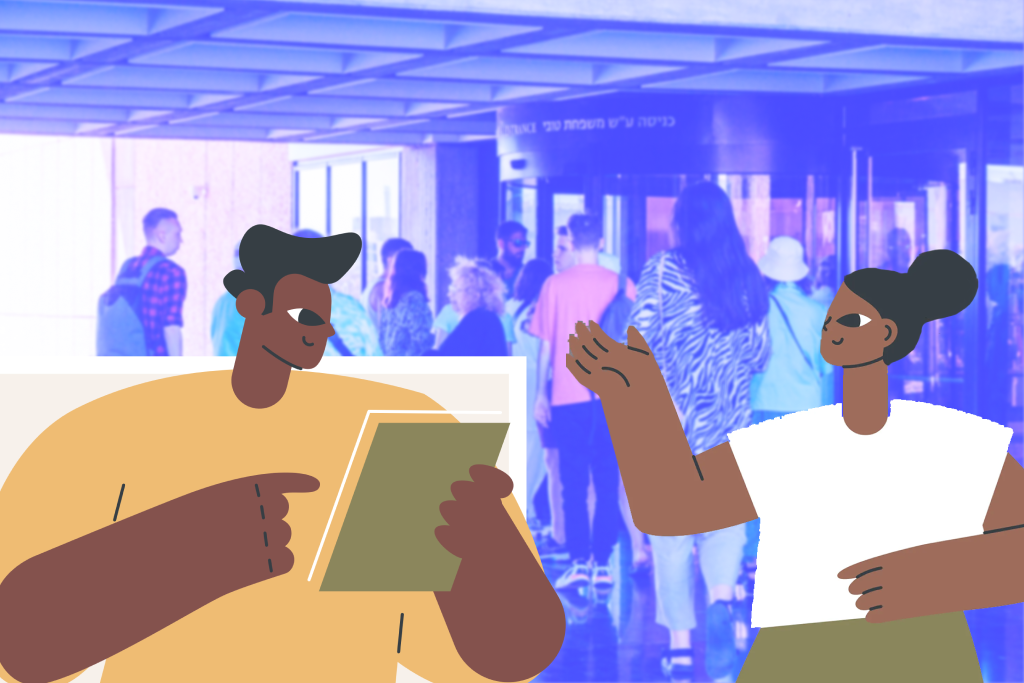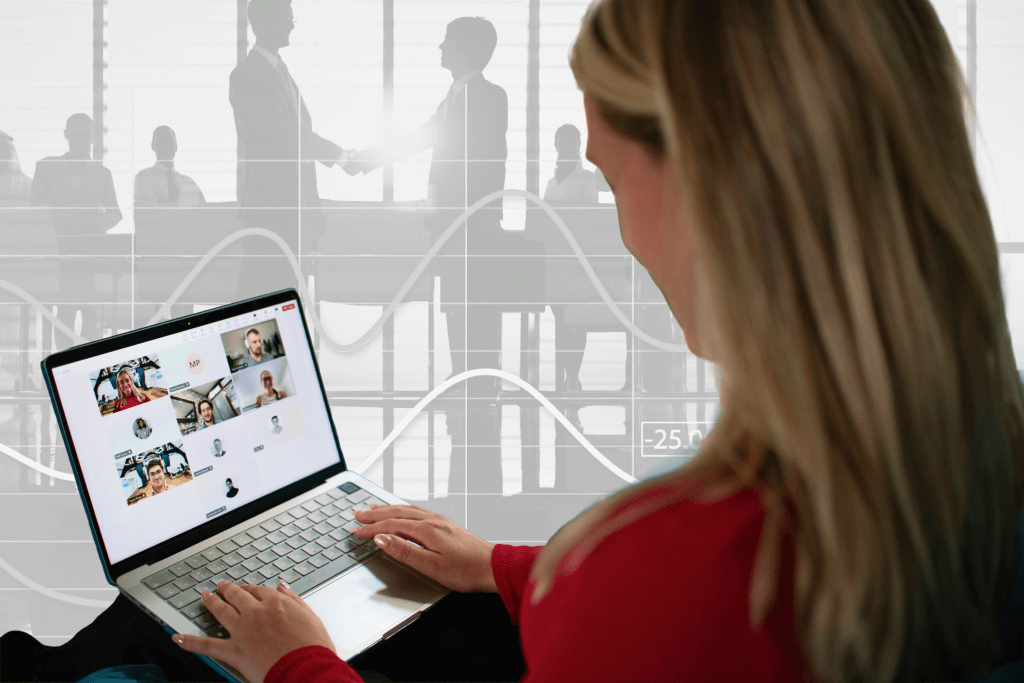Organizing events is more than just booking seats and choosing colours; It’s about creating a memorable experience that leaves a lasting impression. A well-designed program speaks to attendees in many ways, appealing to their senses, emotions, and imagination. Whether it’s a corporate meeting, wedding, nonprofit event management or concert, successful event planning requires a mix of creativity, strategic planning and execution. This guide explores the elements of meeting planning and offers practical advice for helping you create an unforgettable event experience.
Event Design : What Is It?
Event design is the system of planning and organizing all the visual and experiential aspects of an event to create a cohesive, memorable, and impactful experience for attendees. It entails coordinating various elements—subject, decor, format, lights, sound, and even era—to enhance the surroundings and communicate the event's cause.
Event design goes beyond logistics and functionality; it focuses on crafting an environment that aligns with the occasion's dreams and appeals to the target audience's senses, emotions, and expectancies. Good occasion design considers the whole thing, from the venue and seating arrangements to colours, textures, and even the waft of motion, aiming to create an unbroken revel that displays the event's message and leaves a long-lasting influence.
In short, event design is about remodelling a space to interact with attendees, evoke feelings, and ensure the occasion is purposeful and aesthetically beautiful, making it not simply an occasion but an experience.
Why Event Designing Is Important?
How Do You Design An Event? 12 Steps For a Perfect Event Design
1 Understanding Your Audience and Purpose of your Event
Before diving into the details, start by defining the event's purpose. Ask yourself What I want attendees to experience or do before this event ends.
Whether networking, teaching, celebrating, or raising money, the purpose will drive your design decisions. Equally important is understanding your audience. Different populations have different wants, needs and expectations. A corporate audience may appreciate a more formal, professional setup, while a younger crowd of creatives can enjoy the relaxed, vibrant atmosphere.
Key Takeaway: Your event’s purpose and audience are the backbone of your design strategy. Every choice, from decor to activities, must match.
"Be Clear About The Purpose of Your Event Before even starting on your creative event concept, the first step when you design an event – as with any other event – is to be clear about your goals." - Julia Charles, Event Management Consultant
2 Understand Your Audience

Knowing your audience is a crucial step in creating a breakthrough opportunity. The key is to know what attendees want and expect demographically. Find out about their interests and passions, which will help you find a plan that matches them. Think about what they would interact with—whether it’s interacting objects, a challenging environment, or a relaxed environment. This allows you to customize every aspect of the event to suit them, creating an extra memorable and dramatic thrill.
3 Theme and Style Crafting
A pure theme and style set the tone for your event. It doesn’t have to be an actual title, like “Hollywood glamor” or “retro 80s;” it can be an all-inclusive style, like minimalist elegance or rustic chic. Your headline should reflect the objectives of the opportunity and be relevant to your target market. For example, a tech conference can benefit from a modern, futuristic look, while a wedding may feature a romantic, vintage aesthetic.
Style tip: Match your theme in everything—this includes invitations, signs, decorations, lighting, and even more professional uniforms. Consistency reinforces the theme, allowing the action to be further debated.
4 Selecting the Perfect Venue
.jpeg)
The location sets the stage for your event, making it one of the most stunning design options. When choosing a venue, consider demographics, location, accessibility and infrastructure. The architecture and design should complement your theme, whether it’s an elegant theatre for formal parties or an open industrial space for art exhibitions.
Practical tip: Visit the venue early to visualize how your design elements will fit into the space. Check lighting options, audio-visual equipment and seating arrangements.
"Choose the right venue The right venue is a key part of effective event design as you want to make it easy for people to attend." - Canny Creative
5 Designing for Comfort and Flow
One unnoticed detail of event design is ensuring the distance is snug and on hand for all attendees. Crowds go along with the flow; the layout is essential to avoid bottlenecks and overcrowding. Consider factors like seating, pathways, and registration regions to ensure guests can freely flow around. For instance, growing relaxed front room areas during networking occasions encourages social interactions, even as a spacious conference seating arrangement promotes reputation.
Pro Tip: Use wayfinding signage to guide guests and designate quiet zones where attendees can take a wreck from the crowd if they want a moment to recharge.
6 Lighting and Ambiance
.jpeg)
Lighting is one of the most potent tools of opportunity, as it has the power to provoke instantly. Warm, dim lighting can create an intimate atmosphere, as bright lighting is more appropriate for an energetic and happy event. You can also use coloured lighting to evoke emotions or highlight positive areas.
Creative Ideas: Don’t forget to use programmable lighting for a dynamic effect that changes shadows at some point in the scene. This can be especially powerful when building energy and passion during live shows or promotions.
7 Choosing the Right Decor and Furnishings
Decorations for your theme should be maximised without overwhelming the space. Keep the decor elegant but functional. For example, if you’re hosting a sustainability-themed event, consider eco-friendly decorations, such as potted plants instead of cut flowers or recycled materials for table decorations, which are also essential and should be chosen based on comfort, style, and purpose. Curtains, chairs, tables, and even flooring can help create the event’s atmosphere.
Pro tip: Always do a decor mock-up before the event to see how all the pieces work together. Little things like table settings, floral arrangements and centrepieces can make a big difference.
8 Engaging All Senses
Remembering also uses the senses of sight, sound, taste, touch and smell. Start with an event that matches your theme, such as a visual backdrop, artwork, or digital projection. For sound, think of music or ambient noise that supports the mood. Scents can subtly affect moods, so consider using scented candles or diffusers that match your theme. Furnishings such as velvet chairs or wooden tables can be added along with textures. And, of course, taste matters, so curate a menu that reflects your theme and appeals to different tastes.
A quick tip: Use emotional content sparingly and thoughtfully. The goal is to enhance the experience, not overwhelm attendees.
9 Incorporating Technology
%2520(1).jpeg)
Technology can elevate the experience and make the event more accessible for organizers and attendees. Event apps, digital signage, virtual reality, and live streaming are just a few ways to incorporate tech into your design. For example, QR codes can be used for touchless screening or an interactive social media wall where attendees can share their experiences. When hosting a hybrid event, technology also becomes essential to bridge real and virtual experiences.
Tech Tip: Ensure all tech elements are user-friendly and tested before the event. A flawless experience allows attendees to focus on the program rather than the technical aspects.
10 Focusing on Sustainability
The layout of a sustainable event has become increasingly critical as attendees are more conscious of environmental impact. Opt for reusable or biodegradable substances, lessen paper waste by going virtual, and select venues and suppliers prioritize sustainability. Many green options are to be had that don’t compromise fashion, from compostable utensils to sun-powered lighting fixtures.
Sustainability Tip: Send digital invitations, use recycled substances, and remember eco-friendly giveaways like plants or reusable bottles to enhance the message of sustainability.
11 Personalizing the Experience

The non-public contact can create a deeper emotional connection with some of the event’s attendees. Personalization can range from considerate little touches like custom name badges to custom-designed thanks messages or offers. Attendees are probably to recall an event in which they felt regular and valued.
Idea: Use pre-occasion studies to tailor certain occasion components for a specific experience, encompassing your favoured menu or seating arrangements.
12 Define the Role of Entertainment
Entertainment is integral to event planning to elevate the atmosphere, keep attendees engaged and make the event memorable. Selecting appropriate entertainment programs involves matching the performances with the event’s theme, audience and objectives. Consider how interests fit into the overall event experience. Are you aiming to energize the crowd, maintain a backstage atmosphere, or create a wow factor? For a corporate event, you want something professional and interactive, like a keynote speaker or comedian, while a wedding could benefit from a live band or DJ to keep the energy going.

Conclusion
Event planning is a blend of art and technology, requiring creativity and a passion for design to create a seamless experience. From understanding your audience to choosing a topic to demonstrating emotional engagement and sustainability, every detail contributes to the overall impact of your event. When completed, a thoughtful program design can be a fond, constantly accumulating reminder that affects attendees long after completion. Perfecting your next project comes down to careful planning, creativity, and coming up with fun first. Following this booklet can create an opportunity to make a lasting impact and master the cause.


.jpg)




.png)





